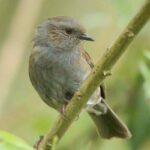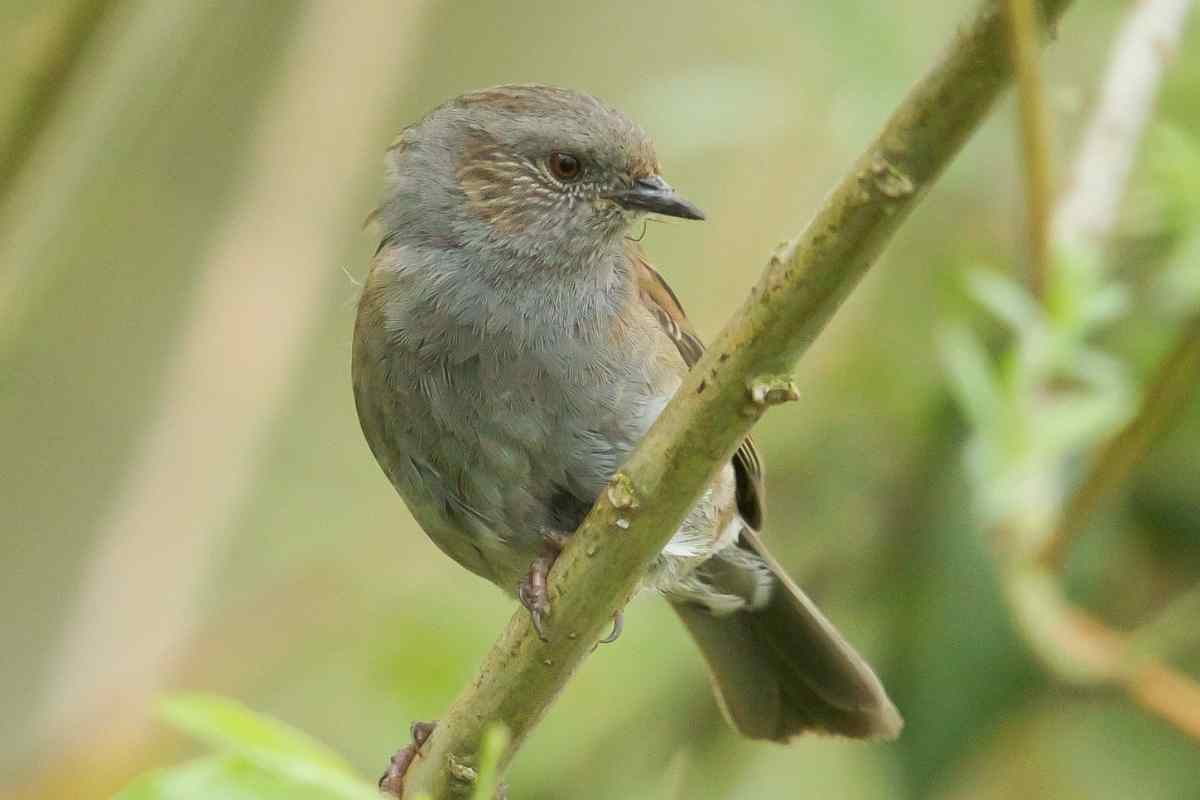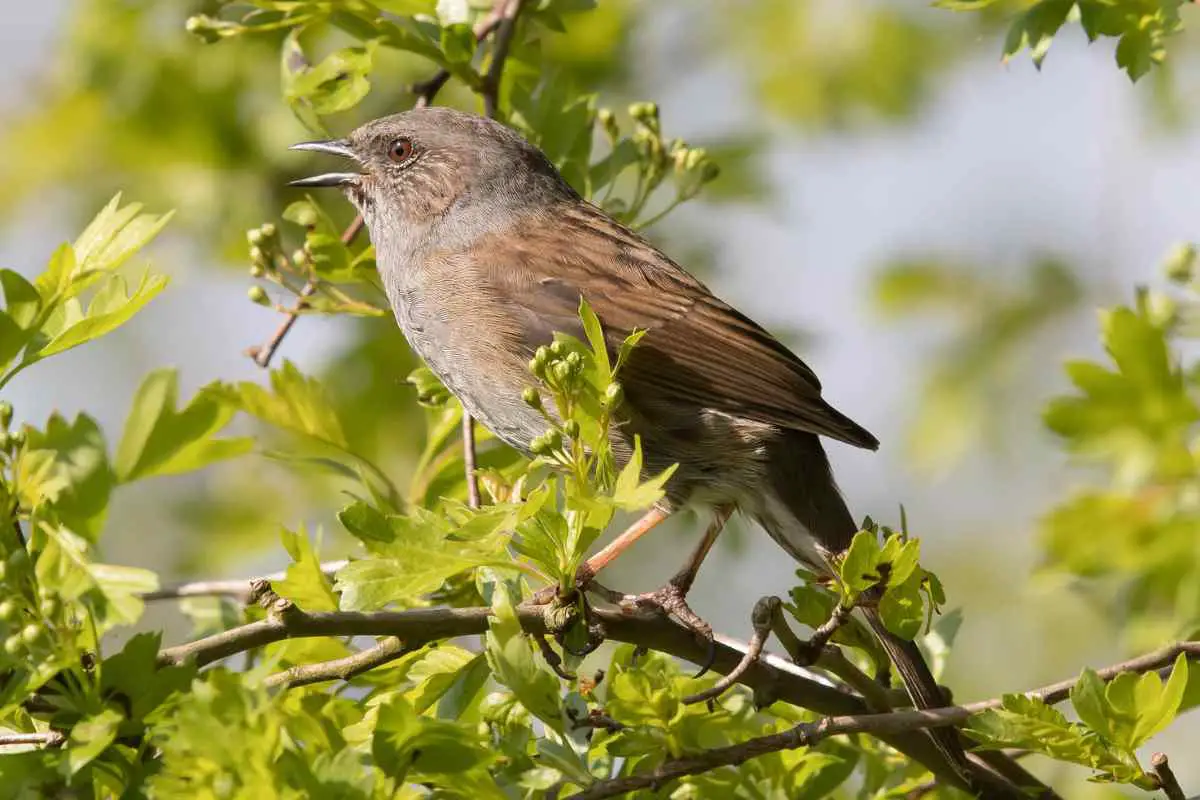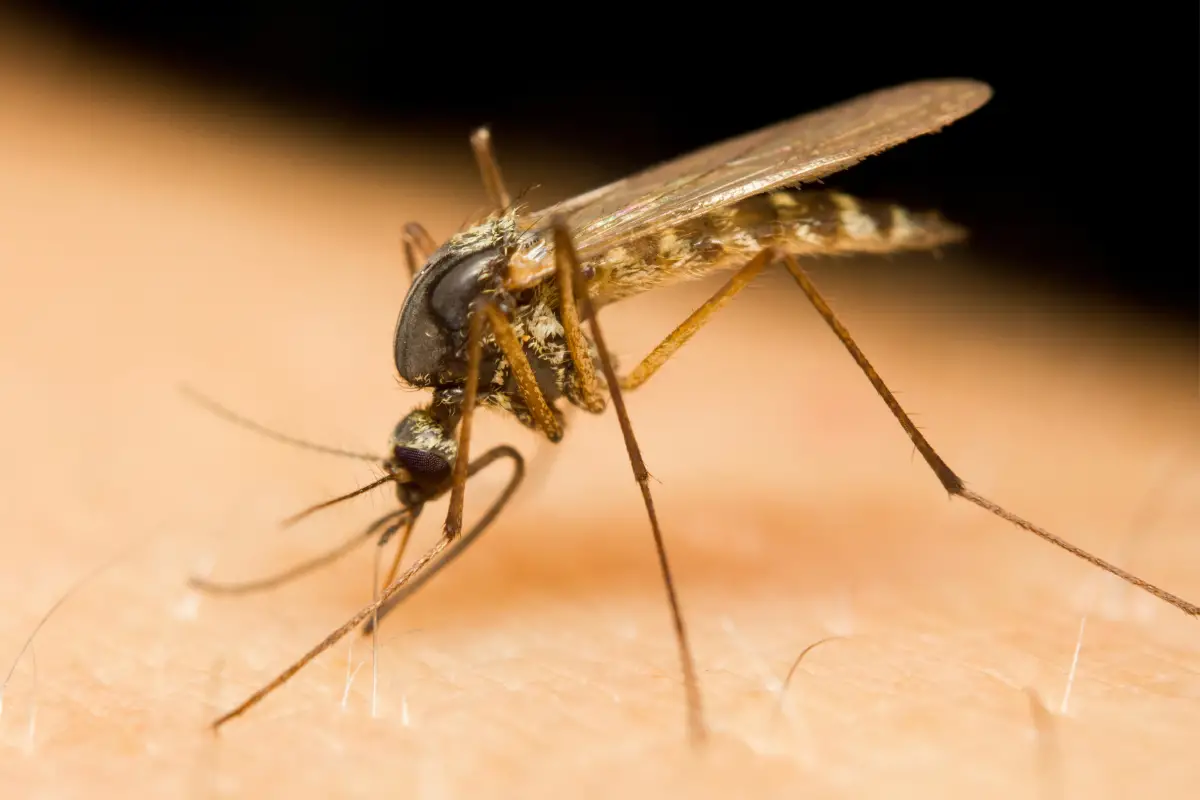Dunnocks are small, understated birds often seen in gardens across Europe and Asia. While they may not stand out in appearance, the differences between male and female dunnocks are quite interesting. Typically, male dunnocks are slightly larger and can show more vibrant colors during the breeding season, while females tend to have a more subdued look.
These distinctions can sometimes be subtle, making it a challenge for bird watchers to tell them apart. However, understanding their differences enhances the joy of birdwatching and adds to the appreciation of these fascinating creatures.
Exploring their behaviors, nesting habits, and even vocalizations reveals more about how these birds interact. Dunnocks have unique traits that make them special, and uncovering these details can deepen one’s appreciation for nature.
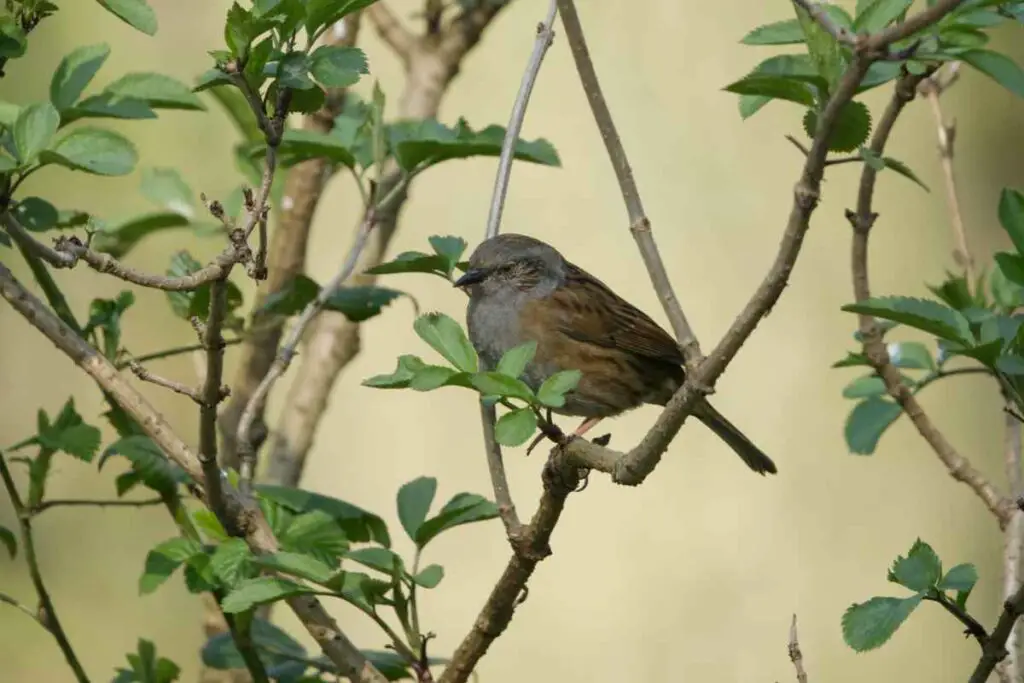
Table of Contents
Morphological Differences
When looking at male and female Dunnocks, there are clear differences in their appearance. These differences can be seen in their plumage, coloration, size, and physique. Understanding these traits helps identify each gender more easily.
Plumage and Coloration
Male Dunnocks generally have more vibrant plumage than females. Their feathers often display a mix of brown and grey with striking mottled patterns. These colors are important for attracting females during the breeding season.
Female Dunnocks, on the other hand, tend to have duller colors. Their plumage features paler grey areas, especially on their heads and underparts. This muted appearance can help them blend into their surroundings, providing better protection when nesting.
The males’ bright colors play a significant role in mating displays, while the females’ less noticeable hues work to their advantage in avoiding predators.
Size and Physique
Size is another factor that differentiates the sexes. Female Dunnocks are typically smaller than males, contributing to their lighter build. This difference can be subtle, as both genders have similar body shapes.
In terms of physique, females possess fewer distinct markings compared to males. For instance, while males have clearer black and brown markings on their backs and wings, females show more uniformity in their coloration. This helps males stand out during courtship.
Overall, the physical traits of Plumage and Size provide important clues about the gender of Dunnocks.
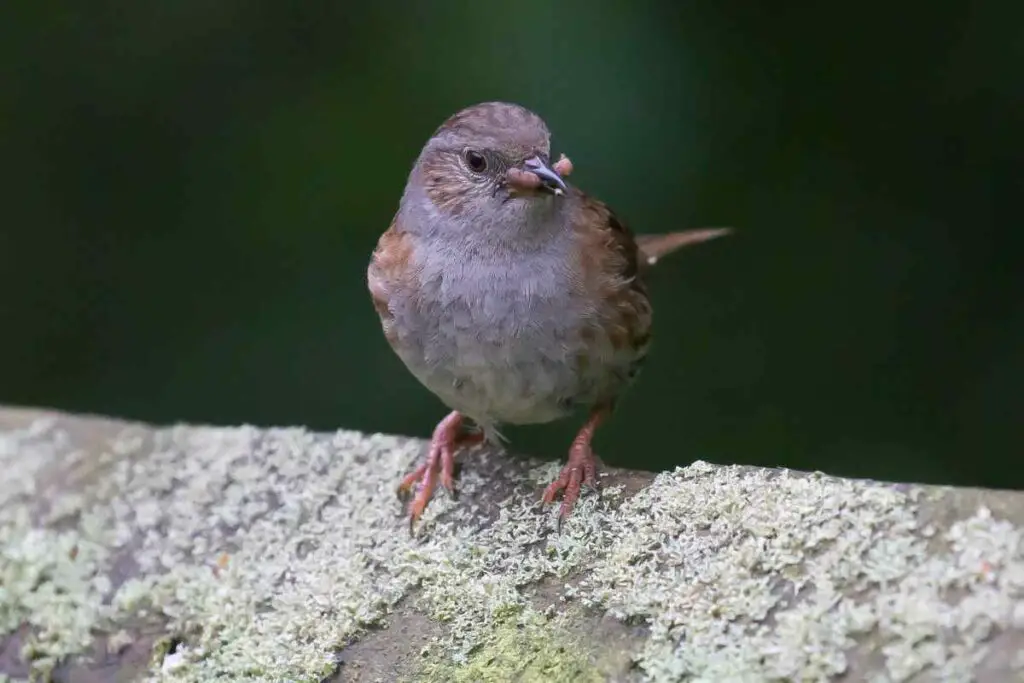
Behavioral Characteristics
Dunnocks exhibit unique and interesting behaviors, particularly in their mating habits and roles in caring for their young. These behaviors highlight their adaptability and social complexity.
Mating Habits
Dunnocks have interesting mating patterns. Females often engage in polyandrous behavior. This means a single female may mate with multiple males during the breeding season.
This approach may increase genetic diversity in their offspring. Male dunnocks compete for females by performing intricate courtship displays. They will often sing to attract attention.
During the mating season, the males may engage in battles for territory and access to females. This can include aggressive posturing and chasing. By establishing strong territories, males can secure more opportunities to mate.
Parental Roles and Care
After the eggs are laid, both parents play significant roles in looking after the chicks. The female is primarily responsible for incubating the eggs, usually laying 3-6 eggs. She will care for the young once they hatch.
Males also contribute by bringing food to the nest. This cooperative effort helps ensure the chicks receive enough nourishment.
In some cases, a female dunnock may have multiple partners helping in raising the young. This shared duty among the males helps increase the survival rates of their offspring. The social structure and cooperation in dunnocks provide a fascinating look into their behavioral traits.










